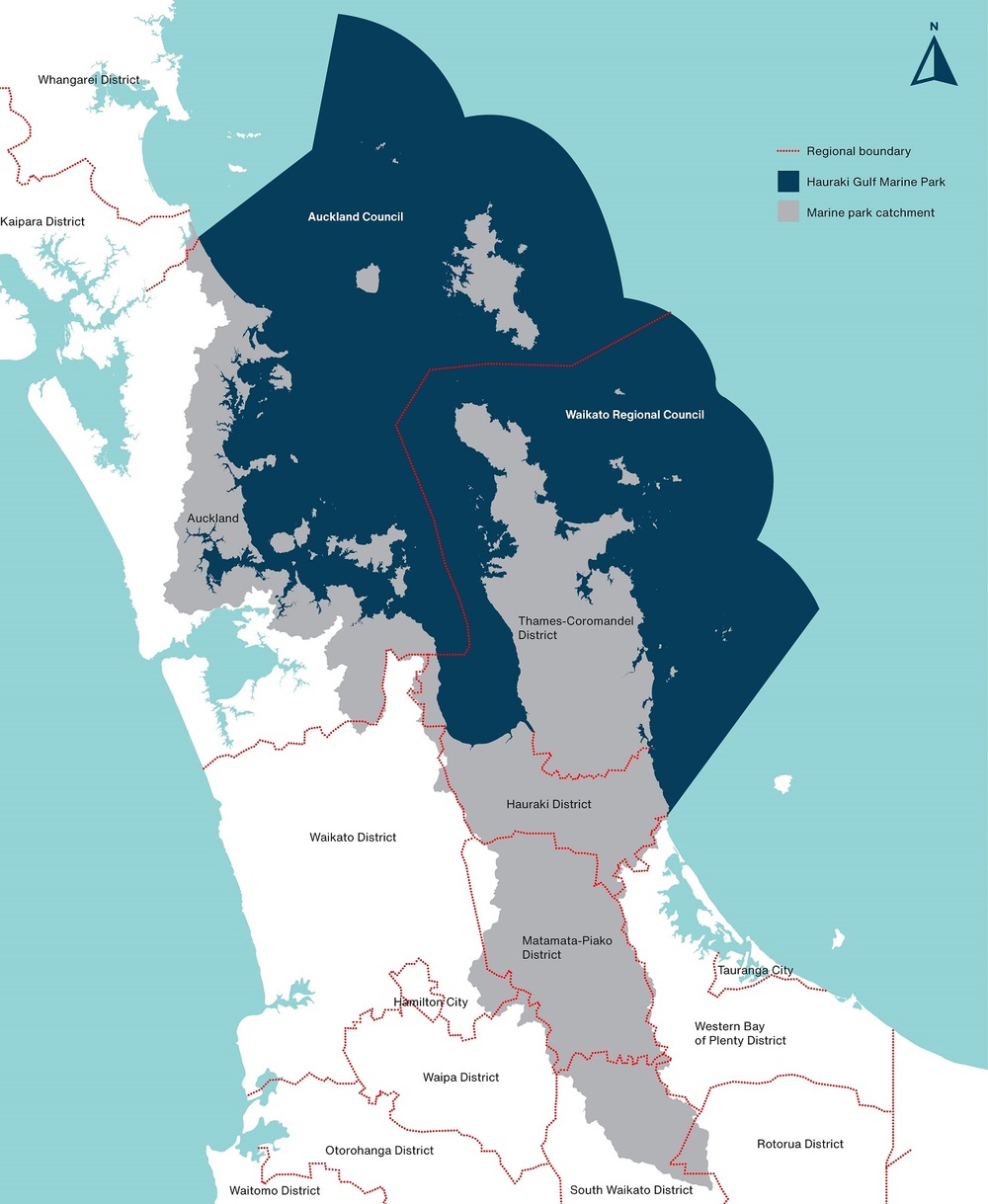Revitalising The Gulf
The Matakana App
01 July 2021, 5:54 PM
 A snapper enjoying the crystal clear waters on the gulf
A snapper enjoying the crystal clear waters on the gulfThe government has released their Revitalising the Gulf report, a strategy in response to the Sea Change Plan’s marine proposals.
The Hauraki Gulf Marine Park / Te Moananui-ā-Toi is one of Aotearoa’s most valued and intensively used coastal spaces. Its mana is embodied in its blue waters, forested islands, fertile catchments and extraordinary diversity of life. The Gulf is badly degraded from human activities. Some fish and seabird populations are declining, and nature’s delicate balance is being upset.
Part of the solution outlined in the report includes marine protection; establishing 11 new high protection areas to protect and restore marine ecosystems, as well as establishing five seafloor protection areas and two areas of marine protection adjacent to existing marine reserves. These 18 measures will increase the area under marine protection in the Gulf from 6.6 per cent (including the existing cable protection zone) to 17.6 per cent.

The coastline from Martins Bay to Scandretts Regional Park will become a high protection area, along with some of the Kawau Island coastline. Scandretts to Tawhwaranui will become a seafloor protection area, as will the remainder of the area around Kawau Island.
Marine biodiversity is sensitive to both human and natural pressures, and a lack of intervention can lead to declining populations and unbalanced ecosystems. When applied appropriately, area-based management tools are considered to be one of the most powerful and effective methods for protecting marine life.
Seafloor protection areas will protect seafloor habitats and communities activities such as fishing (particularly dredging, bottom trawling and Danish seining), sand extraction and mining. They will allow activities, such as commercial and recreational fishing, where they are compatible with the management objectives of each protected area.
Habitats protected from bottom-contact fishing methods within these seafloor protection areas include biogenic habitats, for example, sponges, dog cockles, green-lipped mussels, rhodoliths, mangroves, seagrass beds and saltmarshes, and habitats that are important for sensitive species, such as black corals.


